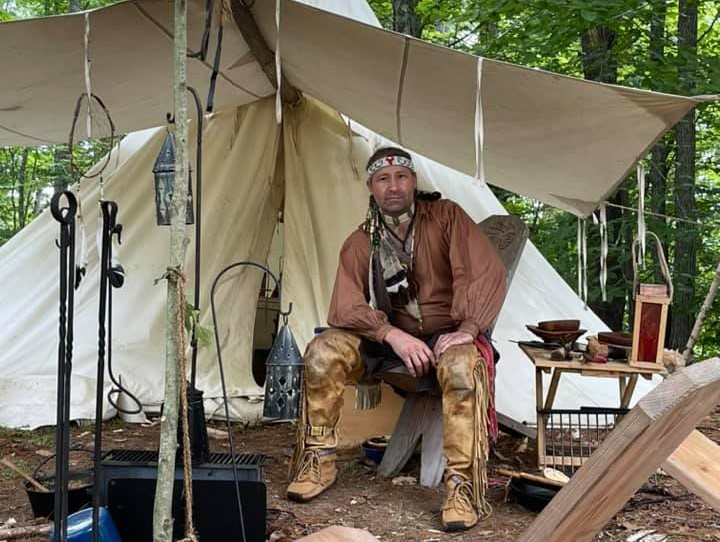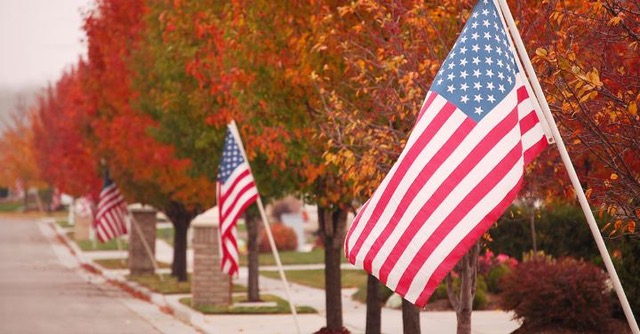OPINIONS: Plea to keep Bomazeen a scouting camp
COMMUNITY COMMENTARY
by Chris Bernier
My name is Chris “Montawagon“ Bernier. I am a long time scouter from Winslow here in Pine Tree Council. I joined scouting in 1983. I received my Eagle Scout in 1994. Without scouting my life would have turned out drastically different. I was lucky to have both of my parents in our home growing up, however, my father worked a million hours a week it seemed. My two brothers and I got to see him often but not nearly as much as I wished growing up. I would say more than half of my male influences growing up came from scouting leaders. The other half my father.
My fondest memories in scouting were from summer camp. For me that was Camp Bomazeen. For some of the other youth in my troop it was a combination of Bomazeen and Camp Hinds. I was lucky enough to have attended Camp Hinds in 1989 for a week. I got to see both camps and participate in programs at both camps, however, my heart will always lay at Camp Bomazeen.
Many other youth, have made great memories at Camp Gustin, or Camp Nutter. Many at Camp Hinds. Pine Tree council is lucky enough for the moment to have four amazing non-replaceable assets. This is in danger of changing.
The council has incurred some debts and the national Scouts BSA lawsuits are requiring councils to fork over costs of damages. Yet another debt to our council. It is the responsibility of our council board to figure out how to pay those debts. Unfortunately, the executive board feels selling property (even if protected as a trust) is an option to pay those debts. I, as a Scout of 38 years and an adult leader/volunteer of 27 years feels that Pine Tree Council is about to jump off the cliff by the sale of Bomazeen, with Nutter and Gustin to follow.
That is why I am contacting you today. I would like to ask everyone in the district. Every Pack, Troop, and Crew member who wants to see this stay as a camp for Scouts in perpetuity, to write a personal letter stating why you think it is a bad idea to sell Camp Bomazeen, specifically. I would like to see leaders as well as youth include letters. I would ask you to personally sign it. Then either bring it to the roundtable where I will collect them and make sure they are used in a productive way to try to preserve our camps. If you cannot make it out to the roundtable, please mail them to me or you can scan them on your computer and mail them to me via email where I will print them out.
However, a signature is still strongly advised. I would like to put a deadline of getting these letters in my hand by December 15. At that time, I will take all the letters and make sure they get down to Pine Tree Council. Addressed to every board member and council employee. Think of this as a petition but with more bite as you are not just signing your name, you are explaining why you are signing your name. I would urge you to contact me about how you feel about this via email at circleofone555@hotmai.com.
I would ask that you contact your chartering organizational representatives. Encourage them to become active in what council does. Every Troop’s chartering organizational representative has the obligation to vote on who Pine Tree Councils board members are annually. The council hosts a January meeting with a list of board members. If a majority “Yes” vote is passed those people are that year’s board for council. If a majority “No” vote occurs council must wipe the slate clean and start over. I encourage a “No” vote. Our council is in desperate need of a new board of directors. Most people are not aware of this. It is crucial, even vital, now more than ever, that we let council know that selling irreplaceable property potentially protected in trust is not a good use of resources. A better use of their time should be focusing on membership, “quality” program at all four camps and capital campaigns. If done properly this council could easily recover from its debts. Something the current board clearly is not focused on.
You may or may not be aware of it but the attorney general’s office along with the Bomazeen Oldtimers Association 501(c)(3) is suing Pine Tree Council in an effort to protect the property. The deed of Doctor Averill, who gave the camp for use to central Maine scouts, states that the trustees of Camp Bomazeen govern it. If for any reason a Camp Bomazeen Trustee member leaves said board, the council, who has jurisdiction over Camp Bomazeen, “Shall appoint a successor from the vicinity of where the former Trustee resided.” The deed also states that the original Trustees of Bomazeen were all from the Central Maine, Waterville, Madison, Skowhegan area. The last time I heard there was a Camp Bomazeen board of trustees was more than 20 years ago. The council has failed in its duty to put in place successors.
The deed states “First: Said property is to be held by said Trustees for the use and benefit for members of the Boy Scouts of America, said premises to be at all times available for camping purposes to the troops and members of the Boy Scouts of America, and especially for the troops and members of the Boy Scouts of America in the central part of the State of Maine.” If the council were to sell, it is Pine Tree Council’s obligation that the money received be held in trust for Central Maine Scouting, not to pay debts for poor money management. Any sales of this trust are to be done to further the intention of the trust.
In recent years scouting has been on the decline. Covid struck and rapidly helped to disrupt scouting. The answer to debt is not selling stuff and hope membership rises. The answer to debt is increased membership and give as many opportunities to children within scouting, at as many places as possible. Without our well distributed camps, providing outstanding programs becomes that much more challenging. The current board of directors at Pine Tree Council has clearly lost its way. We the leaders of the packs, troops and crews on the ground sometimes need to remind them what they are voting on. This is one of those times as our packs, troops and crews are the larger bases of income to the council.
I want to thank you for your time and I hope you will consider sending before December 15.
Please, let’s band together as a council and help to protect these four great properties for every youth of scouting to enjoy for the next 100 years of scouting.
Send your letter to Preserve Camp Bomazeen Letter Drive, c/o Chris “Montawagon” Bernier, P.O. Box #2444, Waterville, ME 04903.










 (NAPSI)—Entering the second holiday season of the COVID-19 pandemic, Idahoans are eager to reconnect with family and friends and return to treasured holiday traditions. Some simple steps can keep family and friends healthy through their fall and winter celebrations.
(NAPSI)—Entering the second holiday season of the COVID-19 pandemic, Idahoans are eager to reconnect with family and friends and return to treasured holiday traditions. Some simple steps can keep family and friends healthy through their fall and winter celebrations. The statistics we hear about scams and fraud are nothing short of staggering and a new AARP survey shows that scams targeting veterans are on the rise. Scammers will stop at nothing to steal veterans’ benefits including pension payments and much more. Please consider the following scams and take a look at the survey results. Of those who lost money, the top scams reported include:
The statistics we hear about scams and fraud are nothing short of staggering and a new AARP survey shows that scams targeting veterans are on the rise. Scammers will stop at nothing to steal veterans’ benefits including pension payments and much more. Please consider the following scams and take a look at the survey results. Of those who lost money, the top scams reported include:




